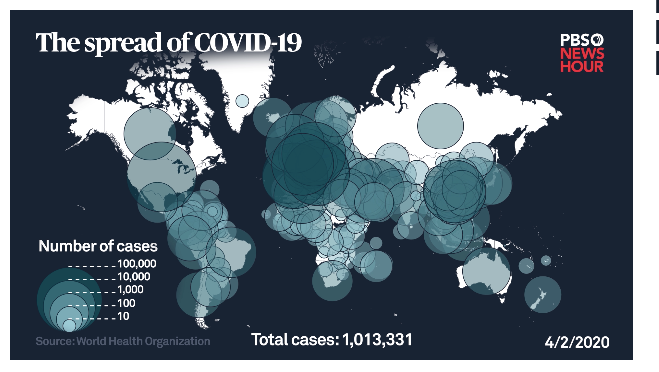Post-Apocalyptical Landscapes
- Alicia Johnson

- Apr 6, 2020
- 3 min read
Updated: Apr 7, 2020
Post-apocalyptic is the existing or occurring after a catastrophically destructive disaster or apocalypse (Merriam Webster, 2020).
Driving down the road, driving by schools, restaurants, malls.. it’s all empty. Not a car or person in sight. All parking lots and streets are empty. I didn’t think I would ever see a sight like this. There are several pictures below of what London, Ontario looks like during this time. Parks are closed off with caution tape, there are no “rush hours” in London anymore, everything is empty.
It is now the norm to only leave your house for essentials: groceries, prescriptions or gas.
All non-essential businesses are closed. Everyone who can, is working from home. Children are being homeschooled through e-learning. All trips and flights are cancelled.
I go outside, and all I can hear are birds chirping.
It is a scary world out there right now.
Connections to the movie Contagion (2011), The Road (2009) & The Walking Dead (2010)
Many science fiction films, horror films and zombie films demonstrate what post-apocalyptical landscapes look like. If you’ve seen the movie Contagion (2011), you would think you were living in déjà vu. This movie is about an unknown fatal virus that begins killing millions world-wide. It is spread though contact, airplanes, doorknobs, napkins etc. Later in the film they find out that a bat dropped a piece of fruit, which was eaten by a pig, the pig is then slaughtered for consumption passing the virus on to humans. Although, this movie is a déjà vu of what is occurring now, our world was still..very unprepared for Covid-19.
Two other films that represent post-apocalyptical landscapes are The Road (2009) and The Walking Dead (2010).
The Road is about a possible nuclear deflagration, that has now left the world with no animals, plants, colour or sun, and only a few humans left to survive. Every part of the human society has disappeared or been destroyed. “In The Road, the landscape is barren, devastated, and grey; it is also filled with the debris of twenty-first century consumer culture” (Dell’Agnese, 2014). The landscapes in the film The Road are put in the the category of “wastes-capes, that is, landscapes where nature has disappeared and is crammed with the waste and ruins of the past” (Dell’Agnese, 2014).
The Walking Dead, doesn’t reveal the reasons for why the world has ended, but most of humanity has turned into zombies. The landscapes in this film are post-apocalyptical, “the disappearance of humanity may appear a catastrophe to the surviving humans, but it is pure liberation to Nature" (Dell’Agnese, 2014).
We are living in a post-apocalyptical time, everywhere you turn…creepy, empty, quiet neighbourhoods. Services to a city stopped, roads are bare.
We are also living in a time of fear, when the World Health Organization declared Covid-19 as a pandemic and when Ontario declared a state of emergency, everyone panicked and went “panic buying”. Toilet paper, hand sanitizer and Lysol wipes were sold out instantly. Shelves and fridges in the grocery store went empty. Look below at some of the pictures I took a week after the State of Emergency was declared, I couldn’t find milk, frozen vegetables or eggs anywhere. We are now a month into this pandemic and shelves are still bare, there’s line ups to get into the stores and everyone surrounding you is wearing a mask.
How long will it take for these cities to go back to a normal state?
(Johnson, A. 2020)
(Johnson, A. 2020)



















Comments